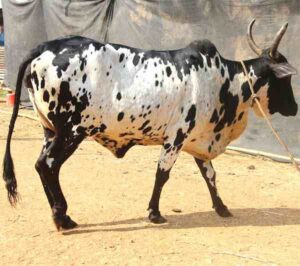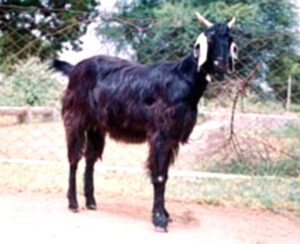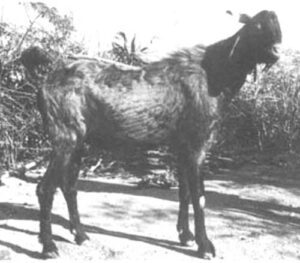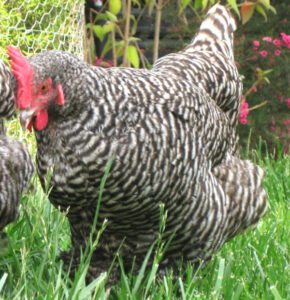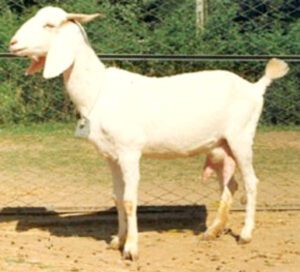The Changthangi goat is a beautiful animal found in the cold, arid region surrounding Ladakh in Kashmir, India. It is also known as Pashmina goat or Changra goat. The breed is raised mainly for it’s ultra-fine cashmere wool production.
This cashmere wool is known as Pashmina once woven. The breed was also reared for meat production in the past. Changthangi goat is a cashmere goat, and this type of goats grow a thick, warm undercoat which is the source or Kashmir Pashmina wool.
And the Kashmir Pashmina wool is considered as the world’s finest cashmere, measuring between 12-15 microns in fiber thickness. This wool is used for the Kashmir’s famous Pashmina Shawls. Shawls made from Pashmina wool are exported worldwide at a very high price and considered as the finest of it’s kind.
The Changthangi goat is usually domesticated and raised by nomadic communities called the Changpa in the Changthang region of Greater Ladakh, Kashmir. This region is one of the highest plateaus in the world.
The number of Changthangi goat breed in India is 196219 which are found mainly in Jammu & Kashmir with a few numbers in Punjab and Uttrakhand (acording to the 19th Livestock Census 2012).
And the National Bureau of Animal Genetic Resources has put the Changthangi goat breed on the ‘endangered species list’. Read more information about the Changthangi goat breed below.
Changthangi Goat Characteristics
Changthangi goat is a medium sized very beautiful domestic goat breed. They are raised for cashmere production, but also very good as a meat goat breed. They are most often white in color but also seen in black, gray or brown.
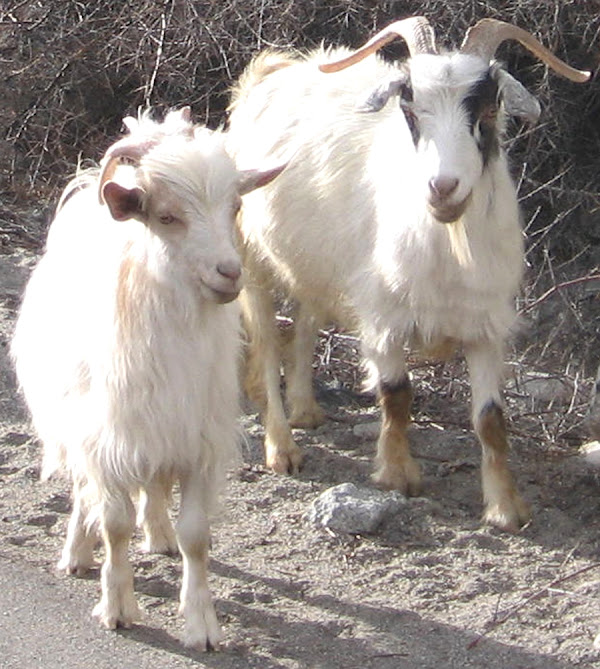
Both bucks and does have large twisted horns. Average body weight of a Changthangi buck is about 31 kg. And the does on average weight about 26 kg. Photo form Wikipedia.
Uses
The Changthangi goat is mainly used for their fine quality cashmere wool production. But they are also suitable for meat production.
Special Notes
Changthangi goats are very active, hardy and strong animal. They are mainly raised in free range grazing system throughout the year. They are very cold hardy animal and can survive on only grass in Ladakh, where temperatures plunge to as low as minus 20 °C.
The Changthangi does are not highly prolific and they give birth of kids only once a year. And they produce only a single kid per kidding. But the Changthangi goat is highly prized for their cashmere production.
Their cashmere wool is harvested once a year, usually in June or July. Their hair is harvested either by combing or by shearing. Pashmina production vary depending on the size of the goats, ranges from 70 to 500 grams per goat. Review full breed profile of this breed in the following table.
| Breed Name | Changthangi |
| Other Names | Also called by some other names such as Pashmina goat or Changra goat. |
| Breed Purpose | Cashmere wool, meat |
| Breed Size | Medium |
| Doe | About 26 kg |
| Buck | About 31 kg |
| Horns | Yes |
| Climate Tolerance | All Climates (very cold hardy) |
| Coat Color | Mostly white, but also seen in black, gray or brown. |
| Good for Stall Fed | No |
| Rarity | Common |
| Country/Place of Origin | India |

